
Elon Musk defiantly defends himself in Tesla tweet trial
Elon Musk returned to federal court to defend himself against a class-action lawsuit that alleges he misled Tesla shareholders with a tweet about an aborted buyout that the billionaire defiantly insisted Tuesday he could have pulled off, had he wanted.
Musk spent roughly three more hours on the stand during his third day of testimony before being excused by U.S. District Judge Edward Chen. It’s unlikely Musk, 51, will be summoned back to the witness stand during a civil trial expected to be turned over to a nine-person jury in early February.
Musk, who also owns Twitter while continuing to run Tesla, spent much of Tuesday depicting himself, while being questioned by his own attorney, Alex Spiro, as an impeccably trustworthy business leader capable of raising as much money as he needs to pursue his visions. He testily sparred with a shareholder lawyer, Nicholas Porritt, who had raised his ire earlier in the trial.
At two separate junctures Tuesday under Spiro’s gentle prodding, Musk left no doubt about his contempt for Porritt with a remark expressing doubt that the lawyer was looking out for the best interests of Tesla shareholders. The remarks drew a quick rebuke from the judge and were stricken from the record. “It’s inappropriate,” Chen at one point admonished Musk.
When he was being challenged by Porritt, Musk purposefully diverted his gaze from the lawyer and delivered his explanations while looking directly at the jurors sitting a few feet to his right. In another instance, Musk asserted, without elaborating, that a question from Porritt wondering if he had ever caused investors to suffer losses contained “falsehoods.”
On the flip side, Spiro at one point mistakenly addressed Musk as “your honor” while asking the billionaire how much money he had made for investors during his career. The slipup elicited a moment of levity in the San Francisco courtroom filled with media and other spectators in attendance to listen to Musk, who has become even more famous since completing his $44 billion purchase of Twitter in October.
The current trial hinges on whether a pair of tweets Musk posted on Aug. 7, 2018, damaged Tesla shareholders during a 10-day period leading up to his admission that the buyout he had envisioned wasn’t going to happen. The statements resulted in Musk and Tesla to reach the $40 million settlement without acknowledging any wrongdoing.
In the first of the 2018 tweets, Musk stated “funding secured” for what would have been a $72 billion – or $420 per share – buyout of Tesla at a time when the electric automaker was still grappling with production problems and was worth far less than it is now. Musk followed up a few hours later with another tweet suggesting a deal was imminent.
After those tweets, Musk declared Tesla would remain public a few weeks later. A month after that, Musk and Tesla reached a $40 million settlement with securities regulators who had alleged the tweets were misleading.
Musk has previously contended he entered into the settlement under duress and maintained he never wavered in his belief that he had the money for a deal.
Musk spent most of Tuesday trying to persuade the jurors that there was nothing devious about the two tweets indicating he had lined up the money to take Tesla private as the electric automaker was struggling with production problems and was worth far less than it is now. The judge has already declared the jurors can consider those two tweets to be false, leaving them to decide whether Musk deliberately deceived investors and whether his statements saddled them with losses.
While being steered by Spiro, Musk told jurors he had stated only that he was “considering” a Tesla buyout but never promised a deal would get done. But, Musk said, he thought it important to get the word out to investors that Tesla might be poised to end its eight-year run as a publicly held company.
“I had no ill motive,” Musk said. “My intent was to do the right thing for all shareholders.”
While being grilled the day before by Porritt, Musk at times was combative, indignant and exasperated. Through it all, Musk has insisted he locked up financial backing for what would have been a $72 billion buyout of Tesla during 2018 meetings with representatives from Saudi Arabia’s Public Investment Fund, although no specific funding amount or price was discussed.
When presented with texts and email indicating that a representative for the Saudi fund had never pledged the money for a full buyout of Tesla, Musk contended it was nothing more than the words of someone trying to backpedal from a previous pledge made in private conversations.
Not long after Porritt resumed his questioning Tuesday, Musk once again scoffed at the notion that his belief that he had the Saudi funding’s financial backing wasn’t enough for him to tweet about a potential Tesla buyout.
“We are talking about the kingdom of Saudi Arabia,” Musk testified. “They can buy Tesla several times over. This was not a large amount of money for them.”
Musk also reiterated earlier testimony that he could finance a Tesla buyout by sharing some of his holdings in SpaceX, a privately held maker of rocket ships that he also started. That would be similar to what he did in the Twitter purchase, which led him to sell about $23 billion of his Tesla stock.
That’s something that Musk said Tuesday that he didn’t want to do, but that it showed he had the wherewithal to pull together purchases for expensive deals. Musk’s ownership of Twitter also has proved unpopular with Tesla shareholders who worry about him being distracted as the automaker faces more competition. Tesla’s stock has lost about one-third of its value since Musk took over Twitter.
Despite that downturn, the stock is still worth about seven times more than at the time of Musk’s 2018 tweets, after adjusting for two splits that have since occurred. That opened the door for Musk to remind jurors Tuesday that any investor who held Tesla shares in August 2018 would have done “extremely well,” had they just held on to the stock.
“It would have been the best investment in the stock market,” Musk said.
‘When does this stop?’ For 2023, an alarmingly bloody start
In a country with more guns than people – and one emerging from three years of isolation, stress and infighting amid the pandemic – Americans are beginning 2023 with a steady barrage of mass slaughter.
Eleven people were killed as they welcomed the Lunar New Year at a dance hall popular with older Asian Americans. A teen mother and her baby were shot in the head in an attack that killed five generations. A 6-year-old shooting his first-grade teacher in the classroom. The list goes on.
“We’ve been through so much in these past few years, and to continue to see case after case of mass violence in the media is just overwhelming,” said Apryl Alexander, an associate professor of public health at the University of North Carolina at Charlotte. “When does this stop?”
The carnage over eight days in California, where the dance hall victims Saturday night were among two dozen people killed in three recent attacks, brought painful reminders to families of last year’s school shooting in Uvalde, Texas. On Tuesday, several Uvalde families and parents traveled more than three hours to their state’s Capitol to renew calls for tighter gun laws, even if they have little chance of winning over the Republican-controlled Legislature.
In 2022, the United States marked its first deadly gun rampage of the year on Jan. 23 – a year ago Monday. By that same date this year, six mass killings have claimed 39 lives, according to a database of mass killings maintained by The Associated Press, USA Today and Northeastern University.
“People are dying every day. This shouldn’t be happening,” said Veronica Mata, whose 10-year-old daughter Tess was among the 19 children and two teachers slain in Uvalde. “If it takes us coming every week, then we are going to do it until we see something change.”
Americans have come to endure mass shootings in churches and grocery stores, at concerts and office parks, and inside the homes of friends and neighbors. The violence is blamed on hatred toward other communities, grievances within a group, secrets within families and bitterness among colleagues. But it often ends when a man with a grudge grabs a gun.
Sometimes, it’s not clear whether a grudge is even part of the equation. “There was no apparent conflict between the parties. The male just walked in and started shooting,” Yakima Police Chief Matt Murray said after three people were shot dead at a Circle K convenience store in Washington state early Tuesday, adding to the national grief.
Gun sales in the U.S. hit historic highs as the coronavirus pandemic took hold, the economy stalled and people took to the streets to protest police brutality and racial injustice. Nearly 23 million firearms were sold in 2020, according to industry analysts. The surge largely continued the following year, with sales spiking 75% the same month that a mob attacked the U.S. Capitol, before dipping to about 16 million this year.
Experts believe there are 393 million guns in private hands across the United States, which in 2022 was a country of 333 million people.
Some Americans say they don’t feel safe anywhere. A third avoid certain places as a result, according to the American Psychological Association, whose most recent study shows that the majority of Americans feel stressed.
Yet there seems little appetite to address some of the potential solutions, such as teaching conflict resolution skills in schools or re-examining our societal views of masculinity, according to Alexander.
“Socioemotional learning is just teaching kids how to identify their feelings, how to express themselves, how to navigate conflict – and why is there a ban on that, especially during this particular moment?” she asked, referring to efforts to impose state and local bans on school curricula.
“These kids are going to turn into adults,” Alexander said. “If they don’t know how to handle conflict, we’re going to see unfortunate events like this happen.”
The bloodshed began Jan. 4, when a Utah man, investigated but never charged over a 2020 child abuse complaint, shot and killed his wife, her mother and their five children before killing himself.
The database shows 2,793 people have lost their lives in mass killings – those that involve four or more victims, excluding the killer – since 2006. The recent wave of violence follows a spike in 2022, when the U.S. recorded 42 mass killings, the second highest tally in that time span.
Even gun violence that takes fewer lives, or none at all, can shock the conscience. That was the case in Virginia this month when the 6-year-old shot and wounded his teacher in front of his classmates. Newport News Mayor Phillip Jones said he could barely wrap his head around it. And two teenage students were killed Monday in a school shooting in Iowa.
In the Saturday night shooting in Monterey Park, 11 people died and nine others were injured when a 72-year-old man opened fire at the Star Ballroom Dance Studio just hours after tens of thousands of revelers filled the streets nearby for Lunar New Year festivities. The gunman took his own life as police approached his van the next day.
Before people across the state could process that horror, seven farmworkers were shot and killed near San Francisco, in the picturesque coastal community of Half Moon Bay. A 66-year-old coworker is in custody.
“In the end, there are simply too many guns in this country. And there has to be a change. This is not an acceptable way for a modern society to live and conduct its affairs,” San Mateo County Board of Supervisors President Dave Pine said Monday, in the wake of the mushroom farm shootings. “Our hearts are broken.”
For some, the violence is linked to an alienating period in U.S. history that has isolated people from each other and chipped away at the ability to cope with life’s travails.
“The pandemic has amplified and accelerated so many dangerous trends. We are experiencing a social recession that’s literally bankrupting our souls,” said the Rev. Jonathan Lee Walton, the president of Princeton Theological Seminary. He noted the decline in religious and civic participation.
“We are normalizing diseases of despair like loneliness, addiction, and gun violence,” Walton said. “Social media, Zoom church, remote work, and virtual reality may be ‘convenient,’ but they are morally anemic substitutes for human connection.”
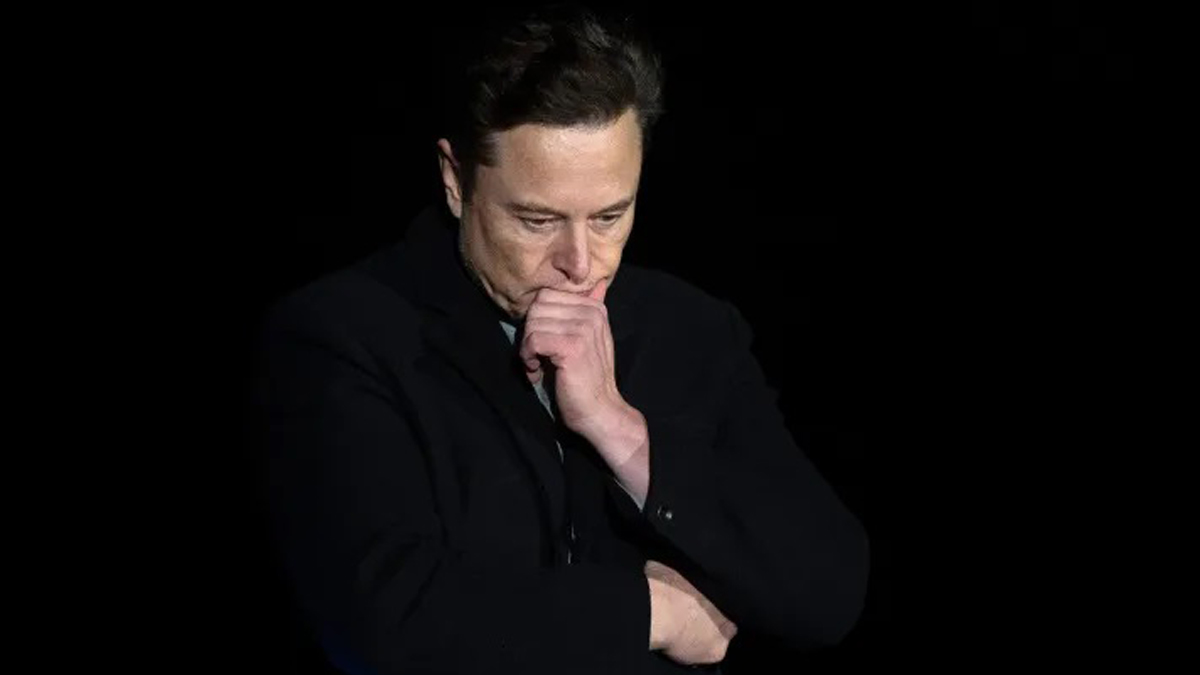

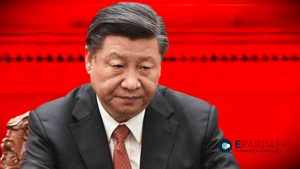
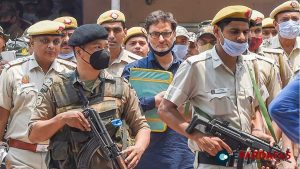

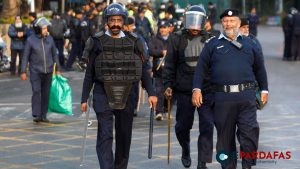






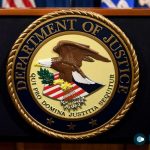
Comments